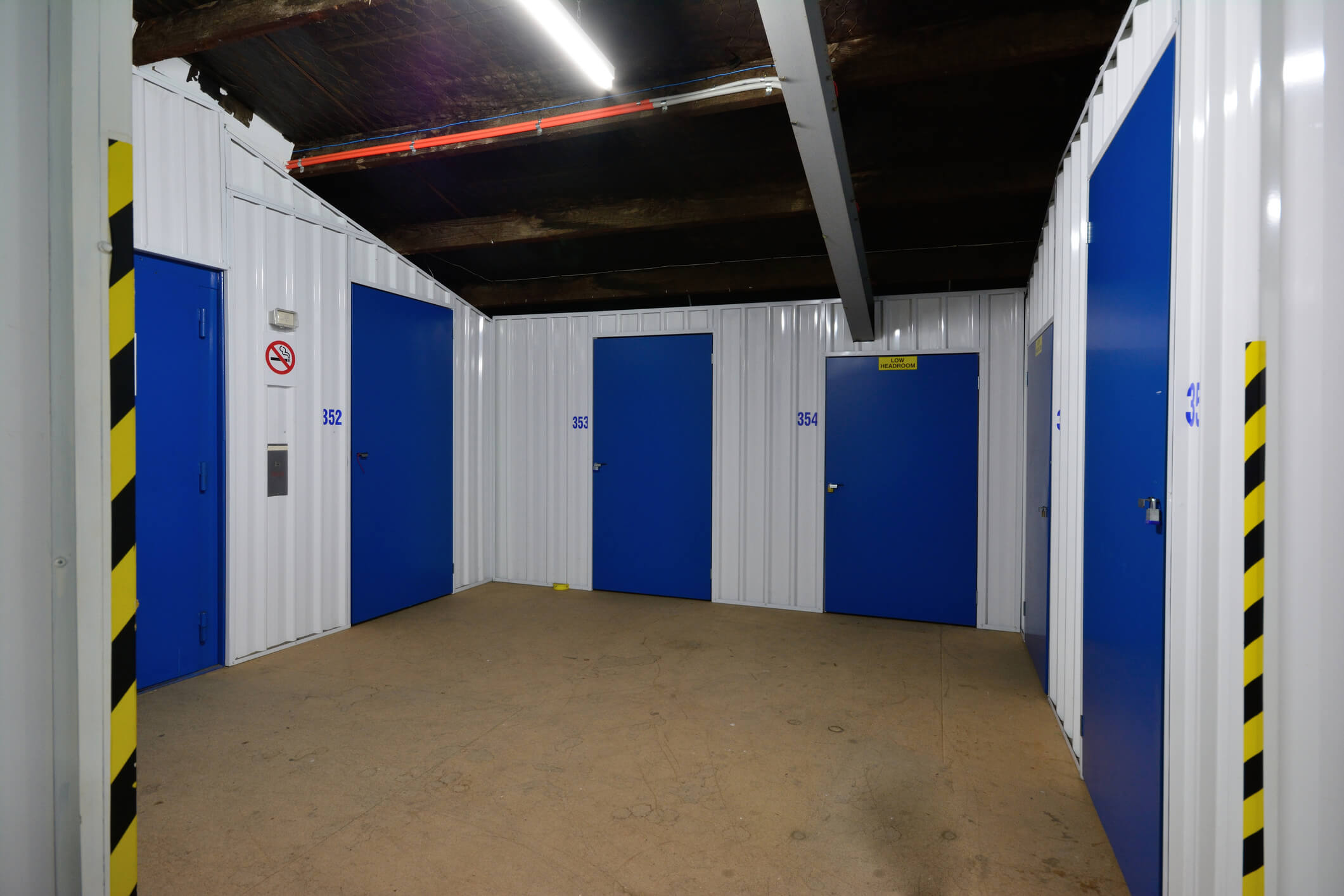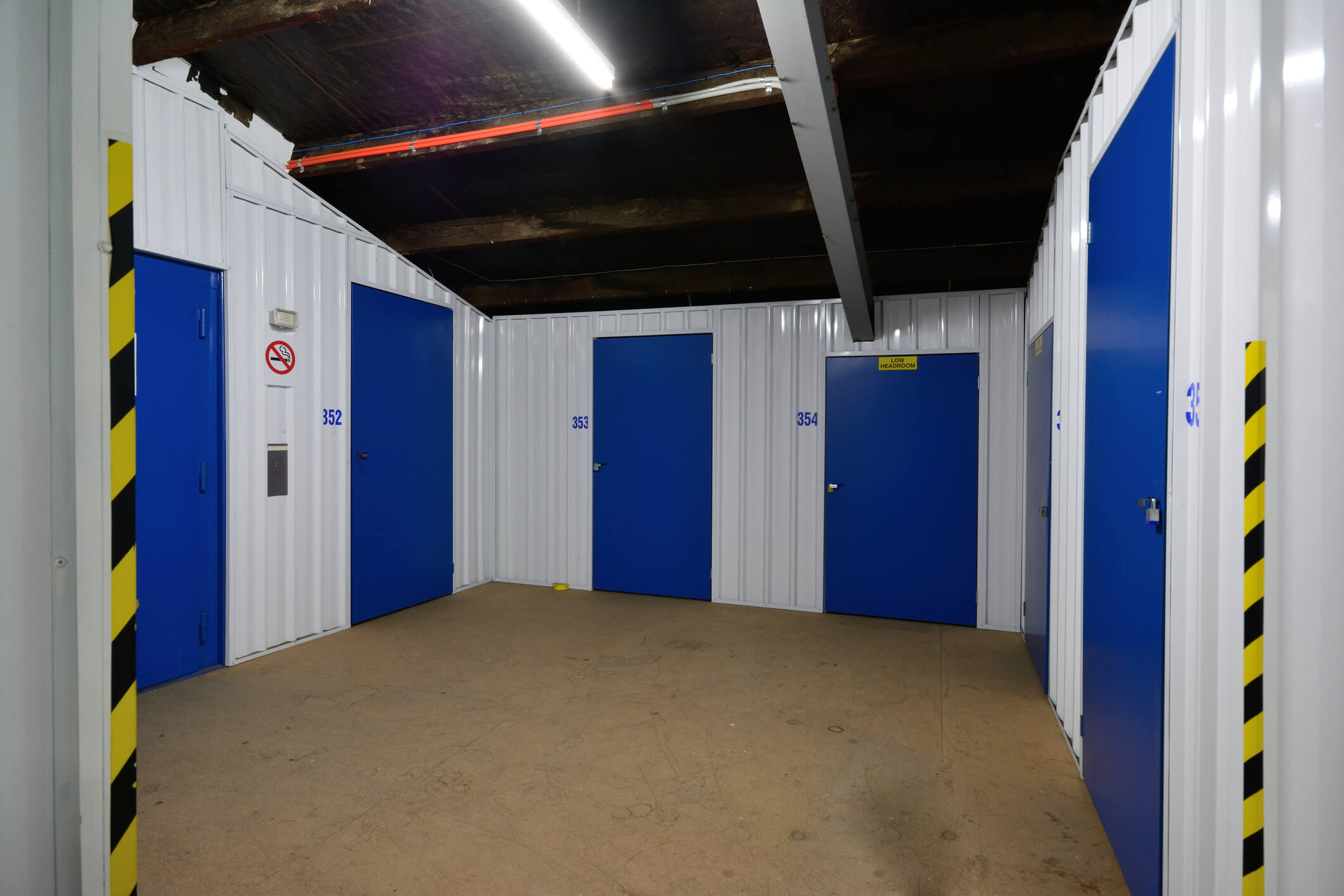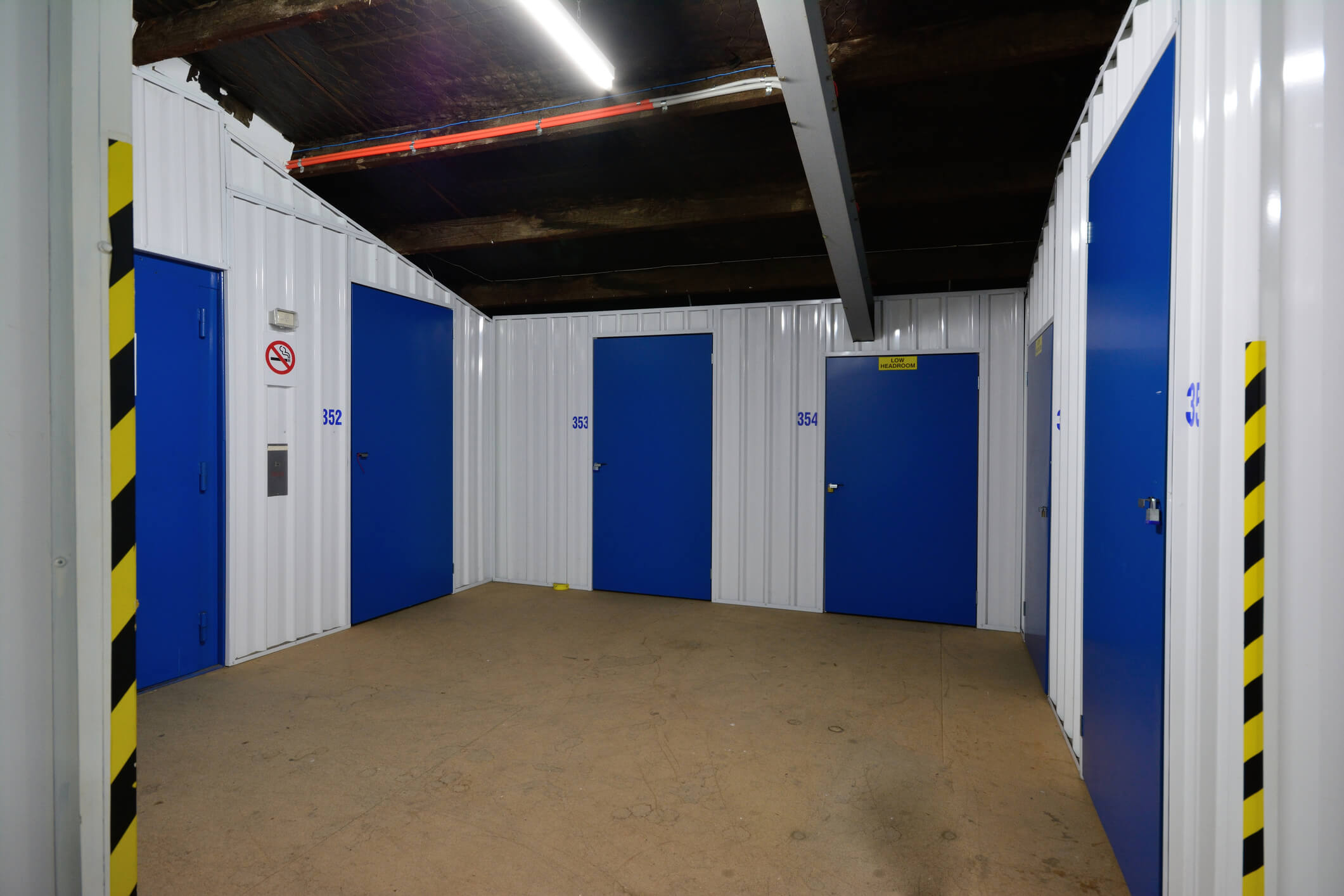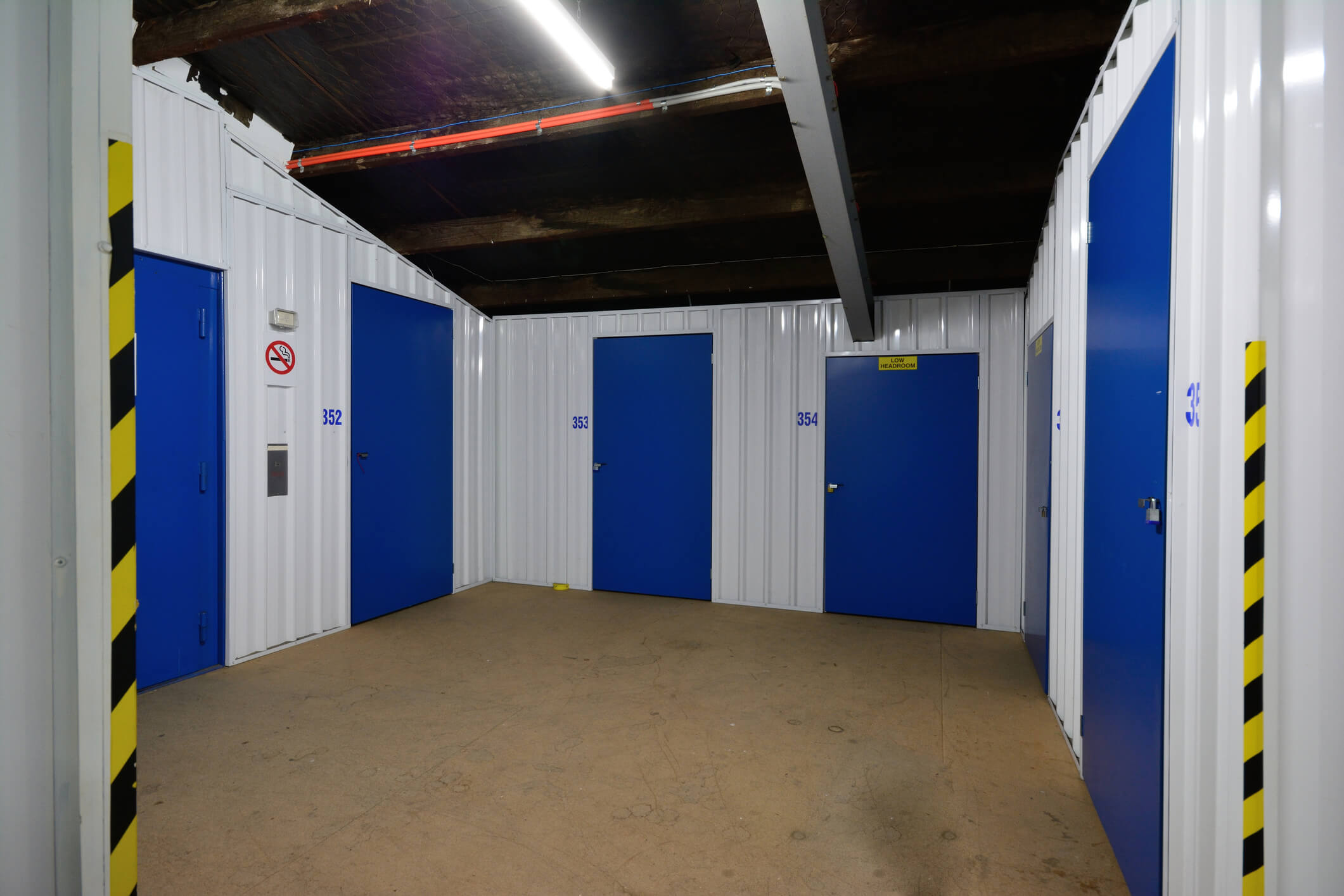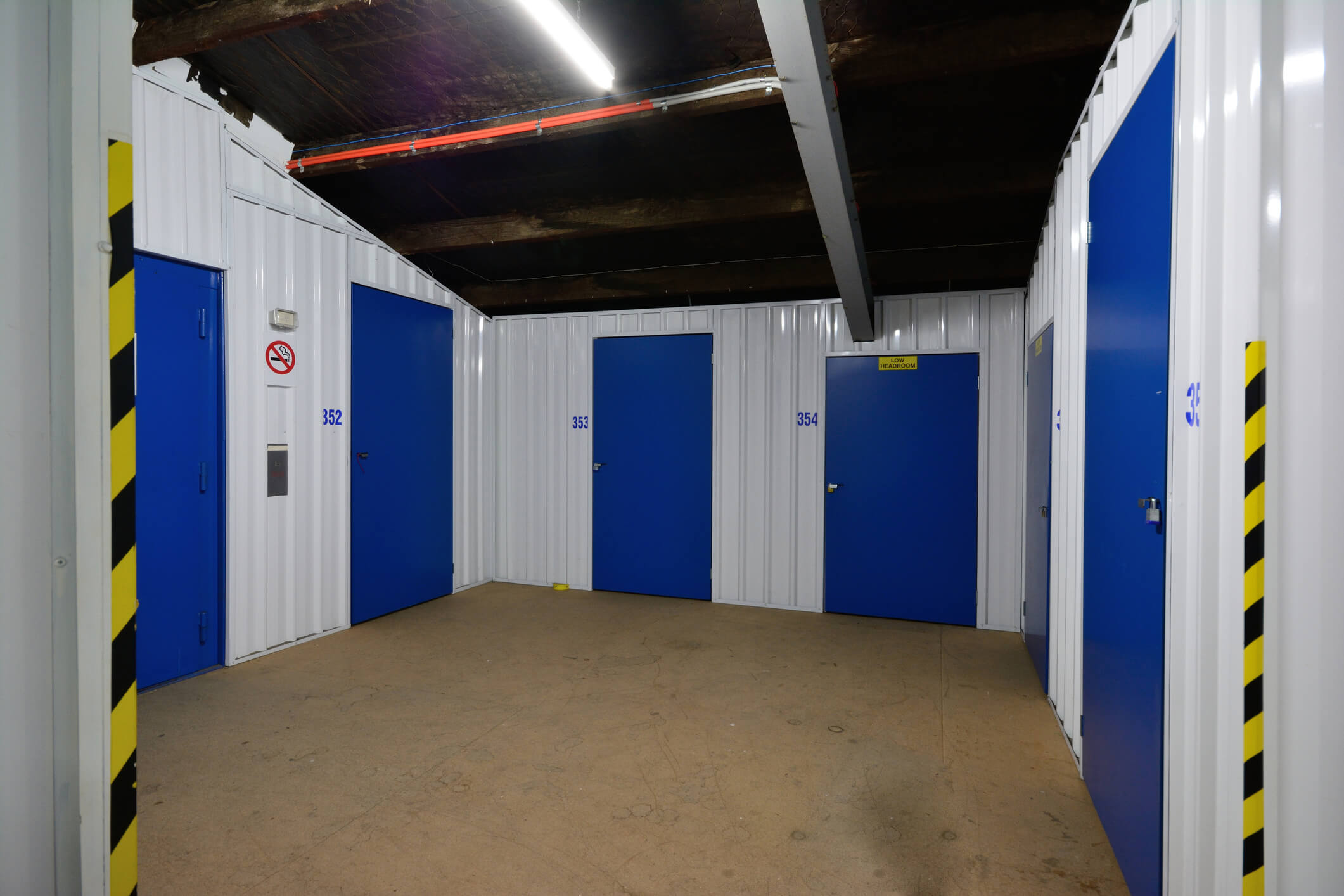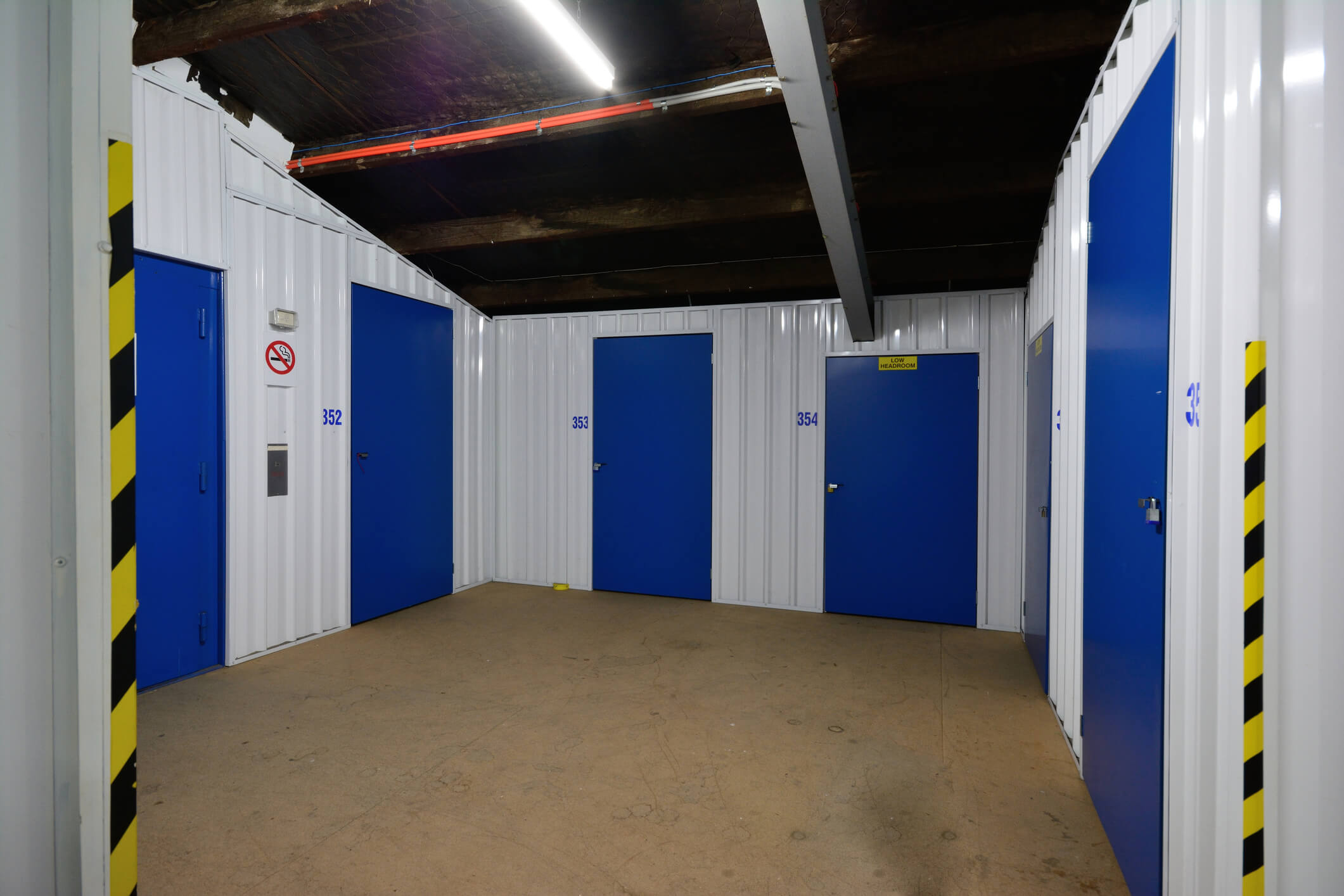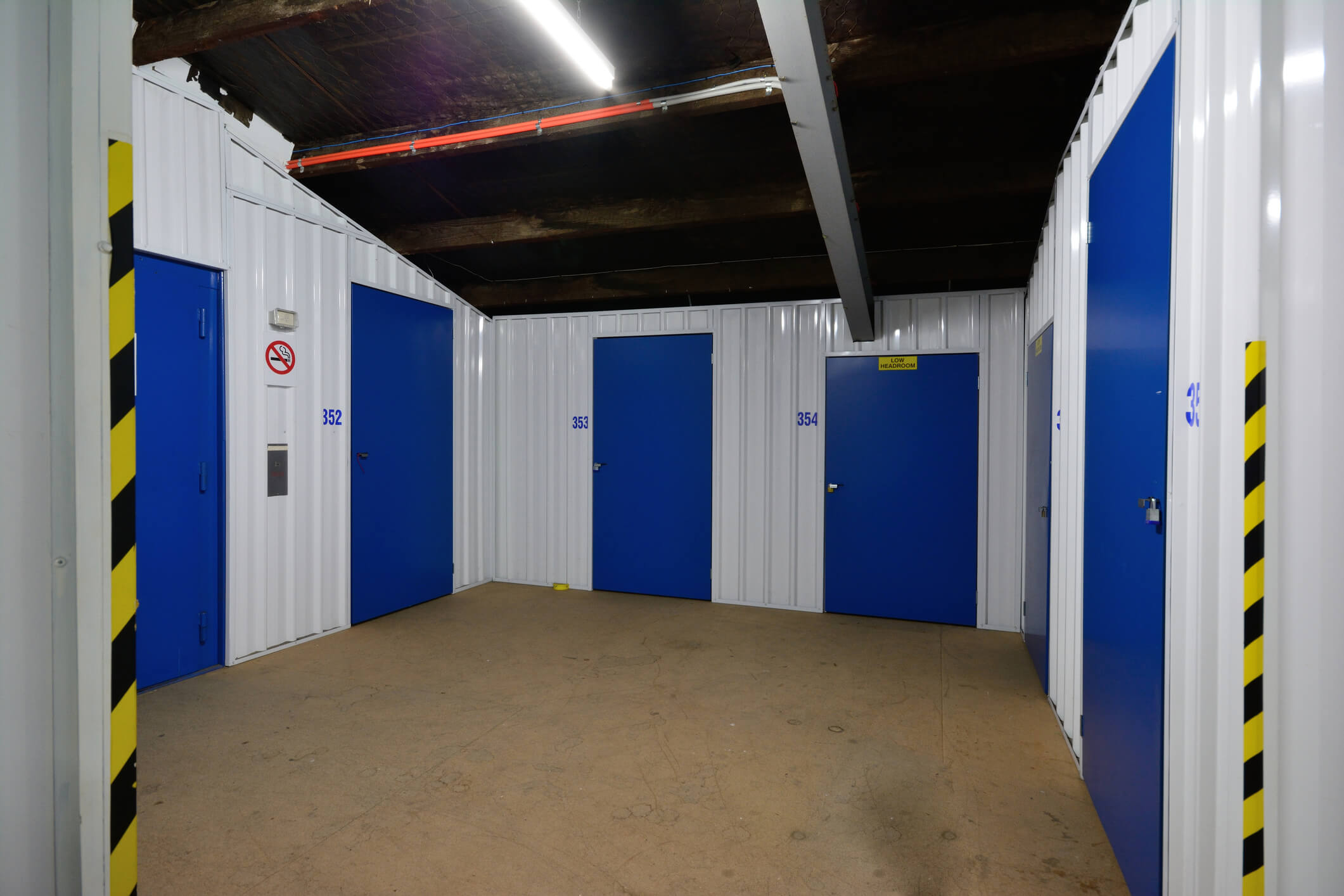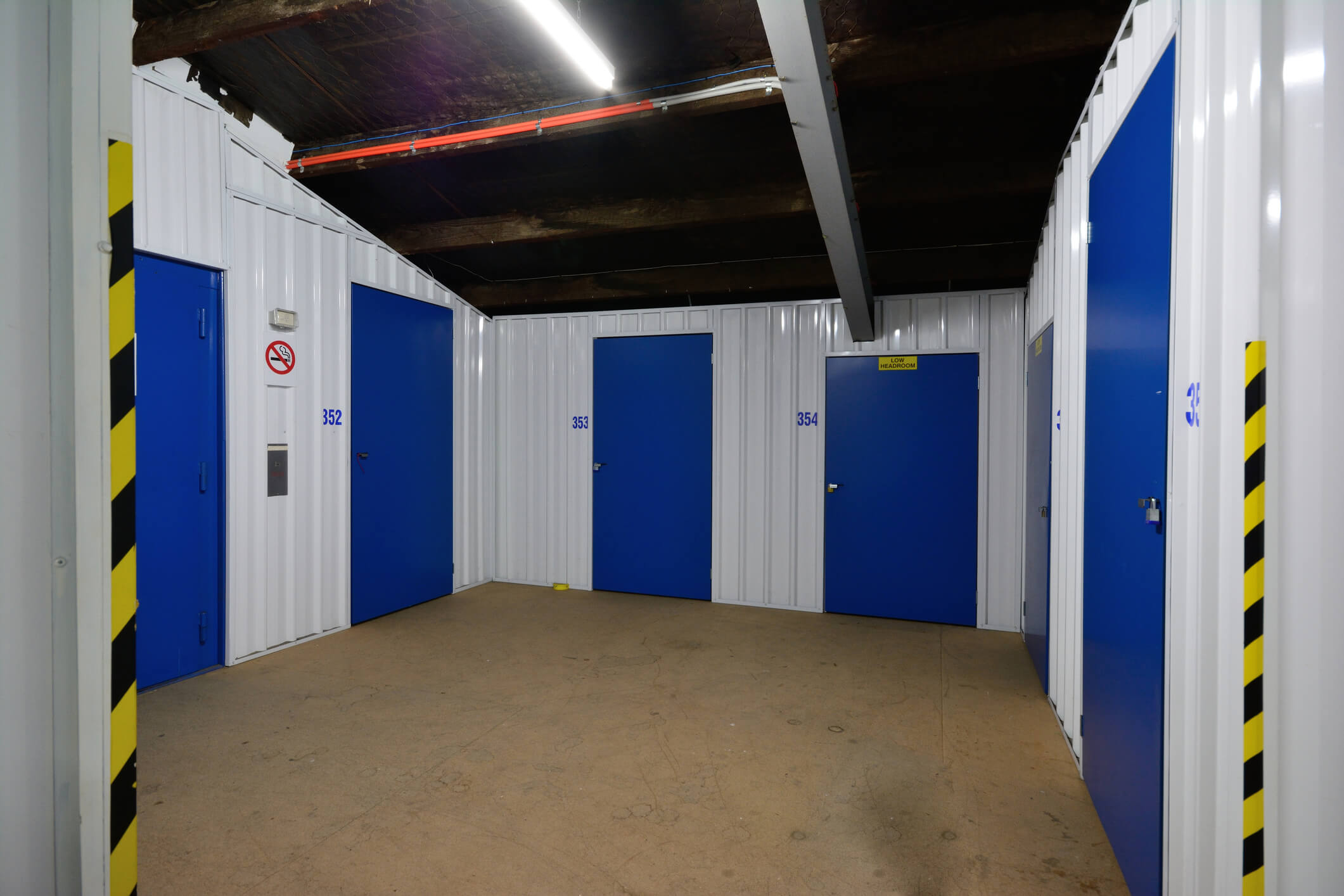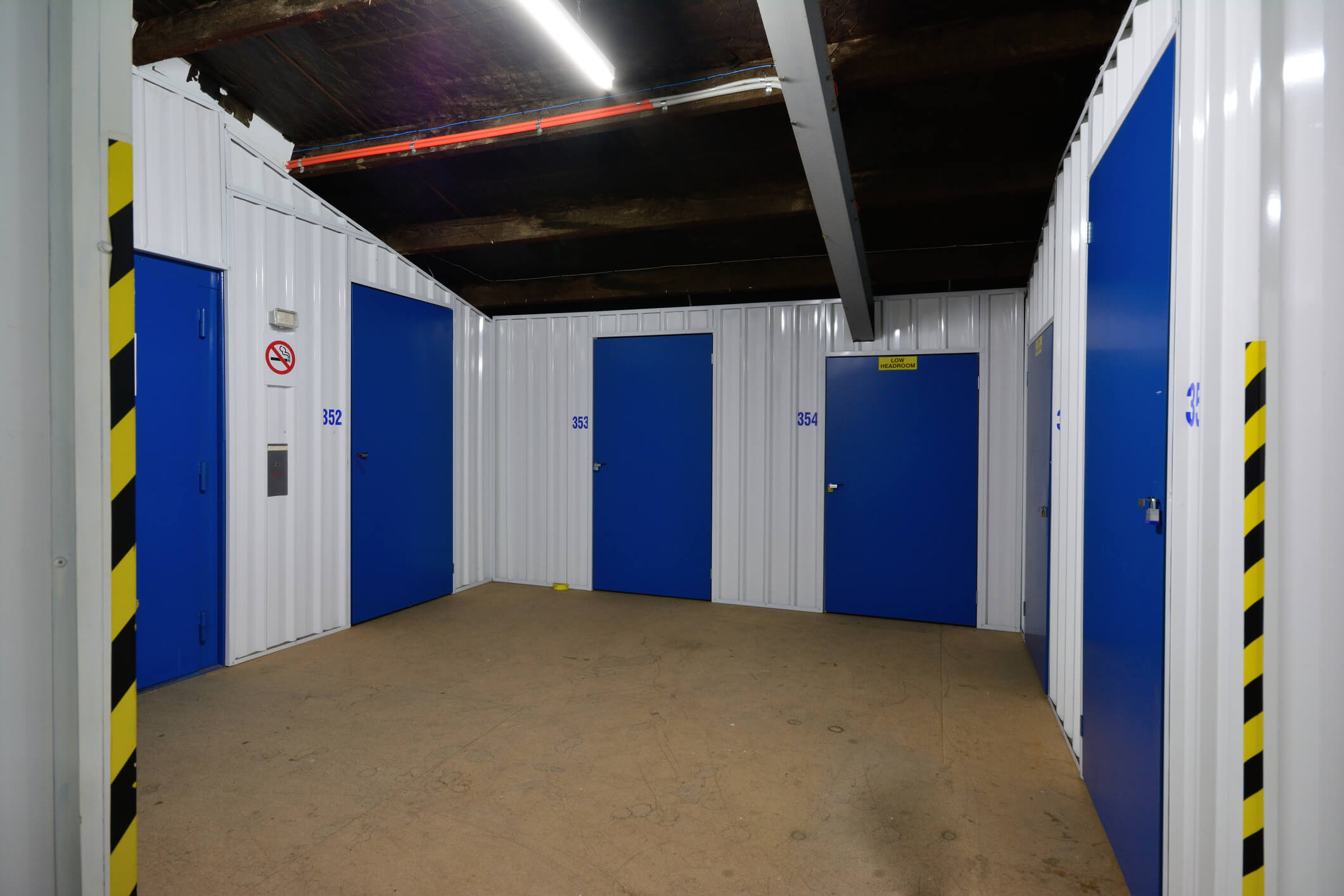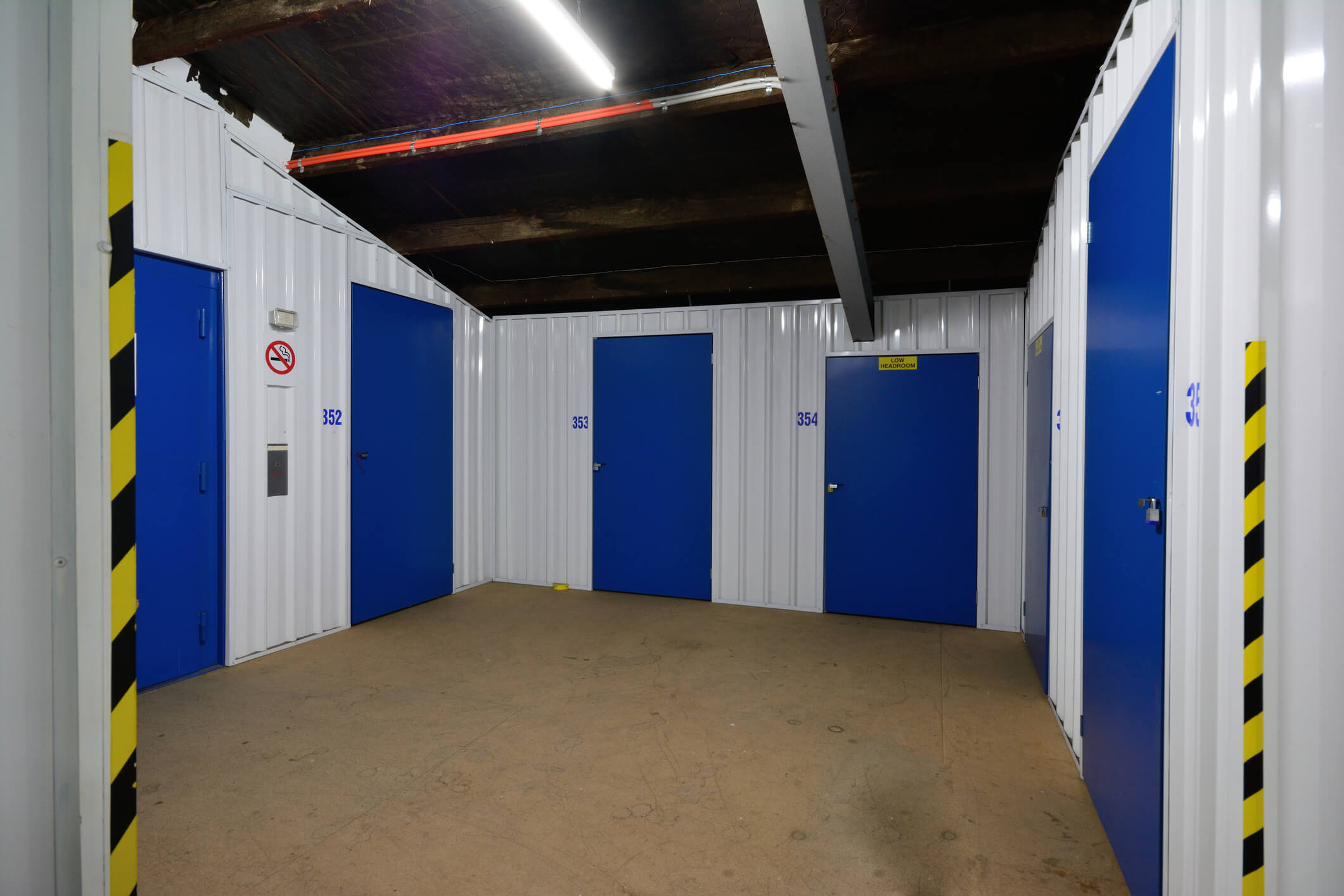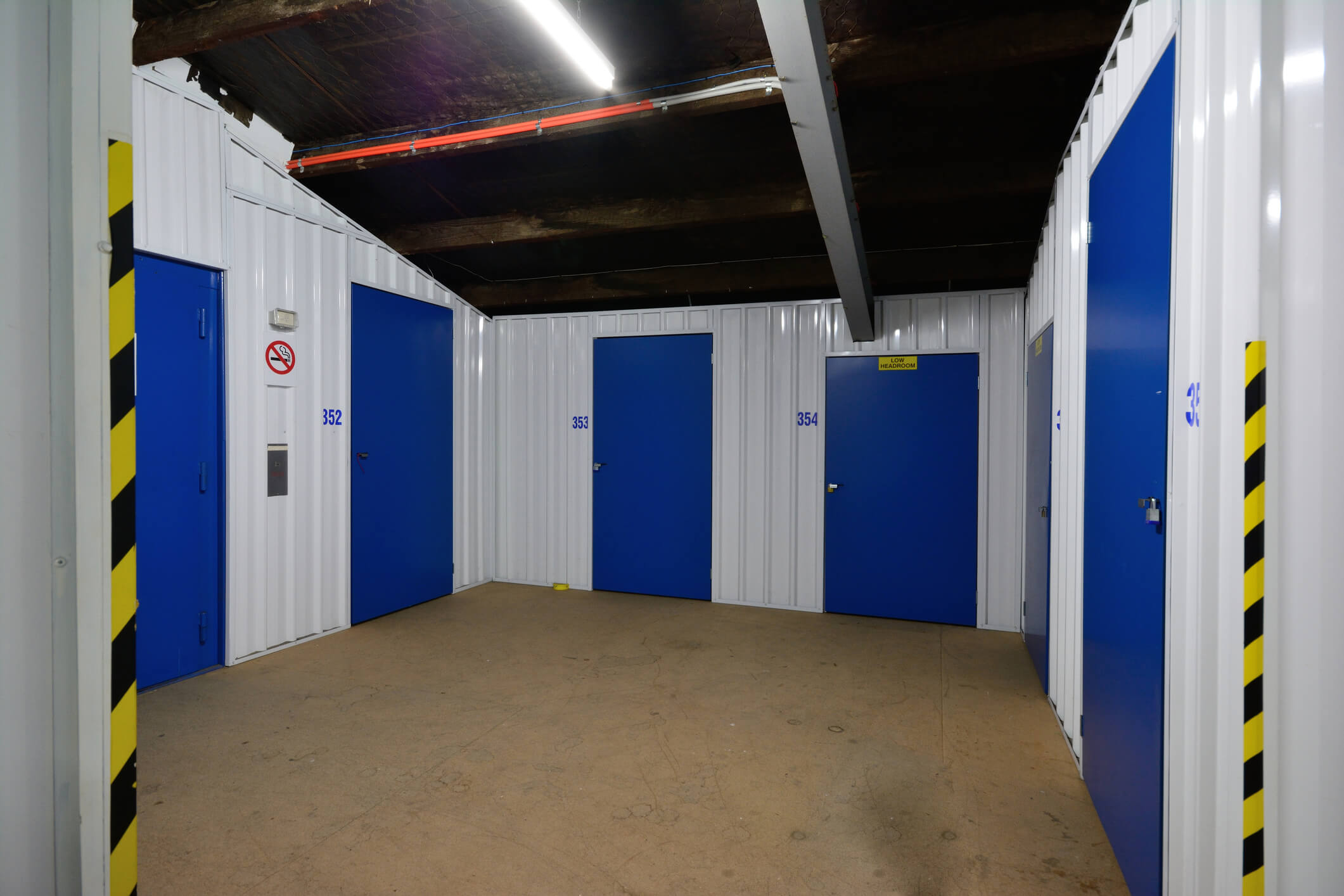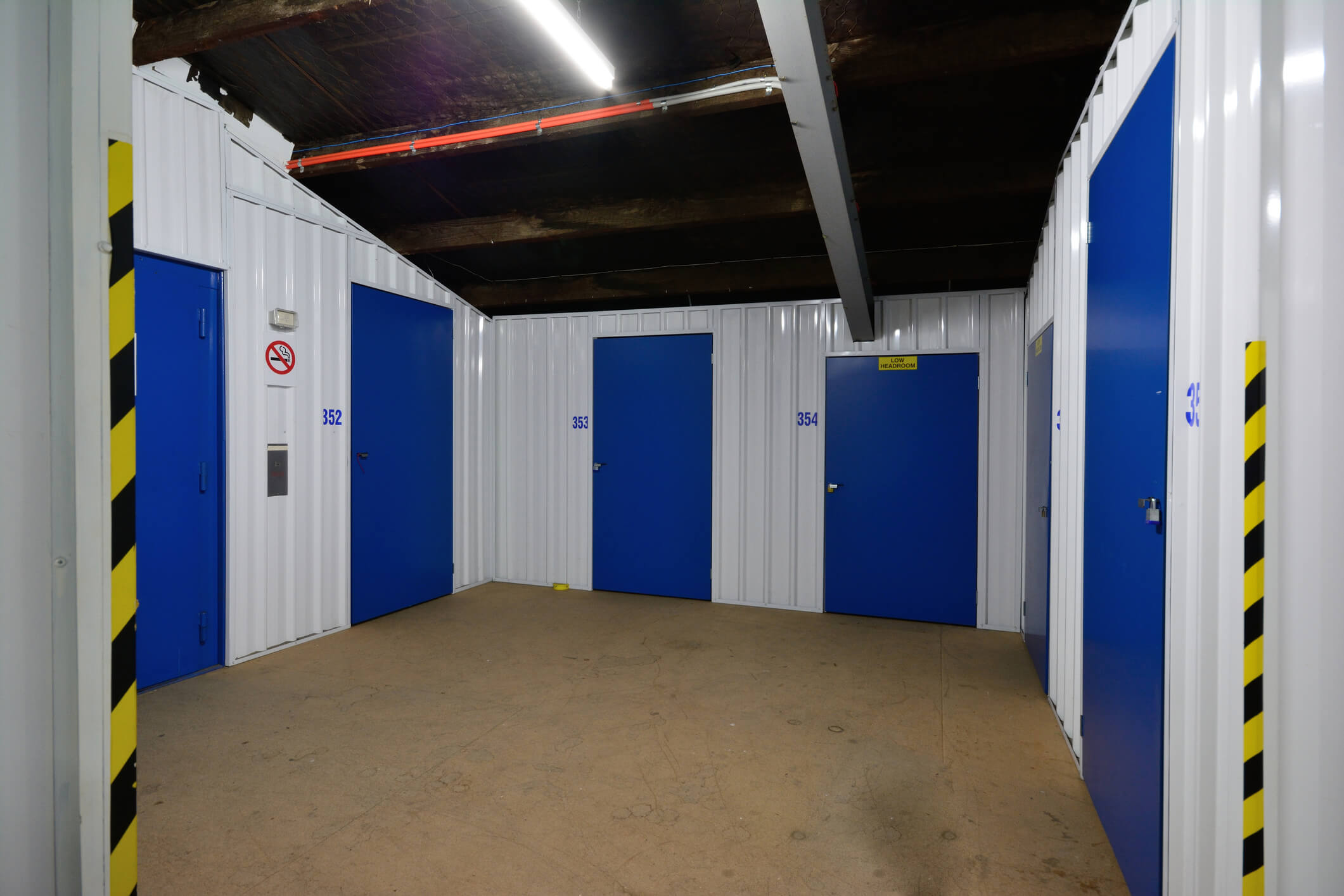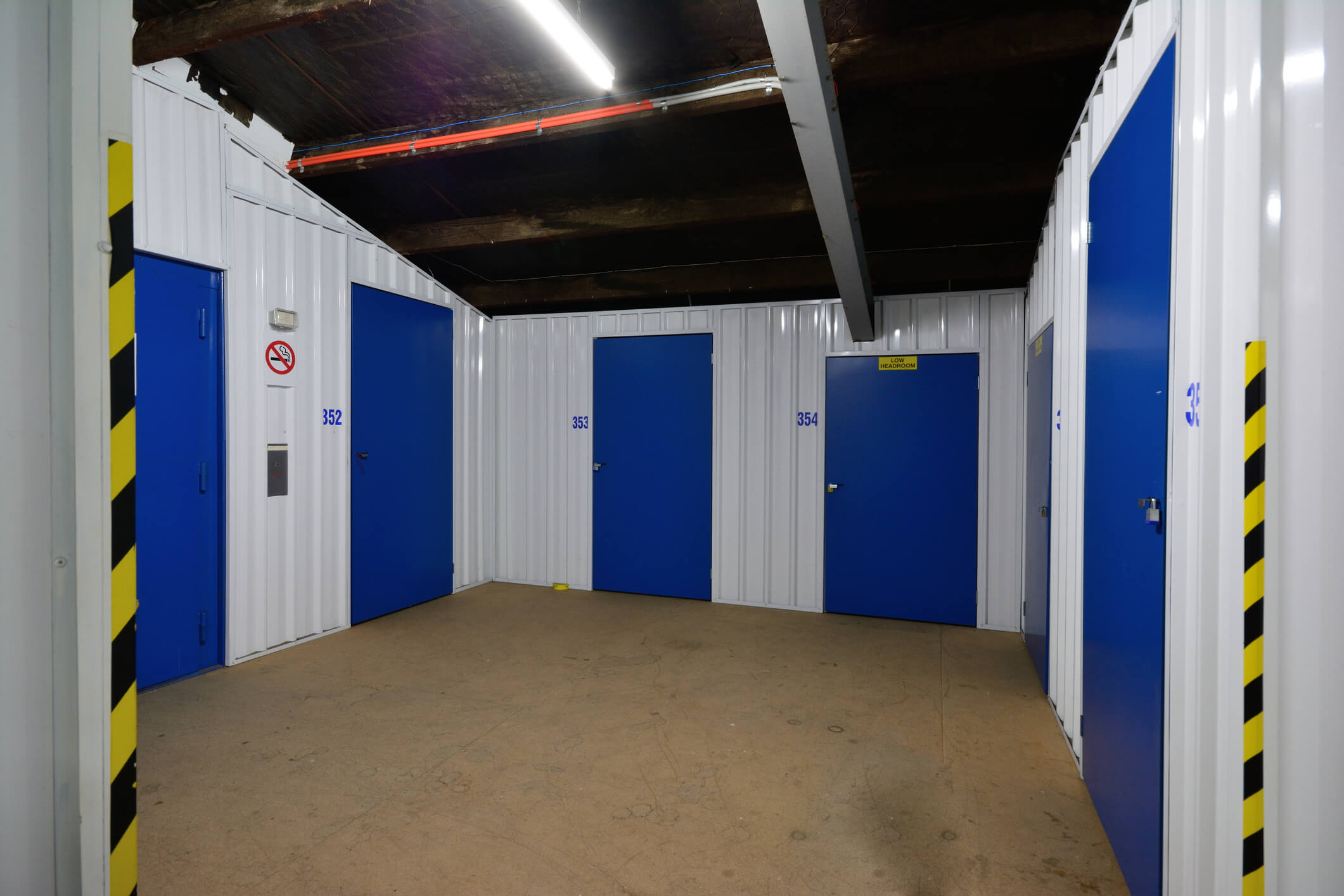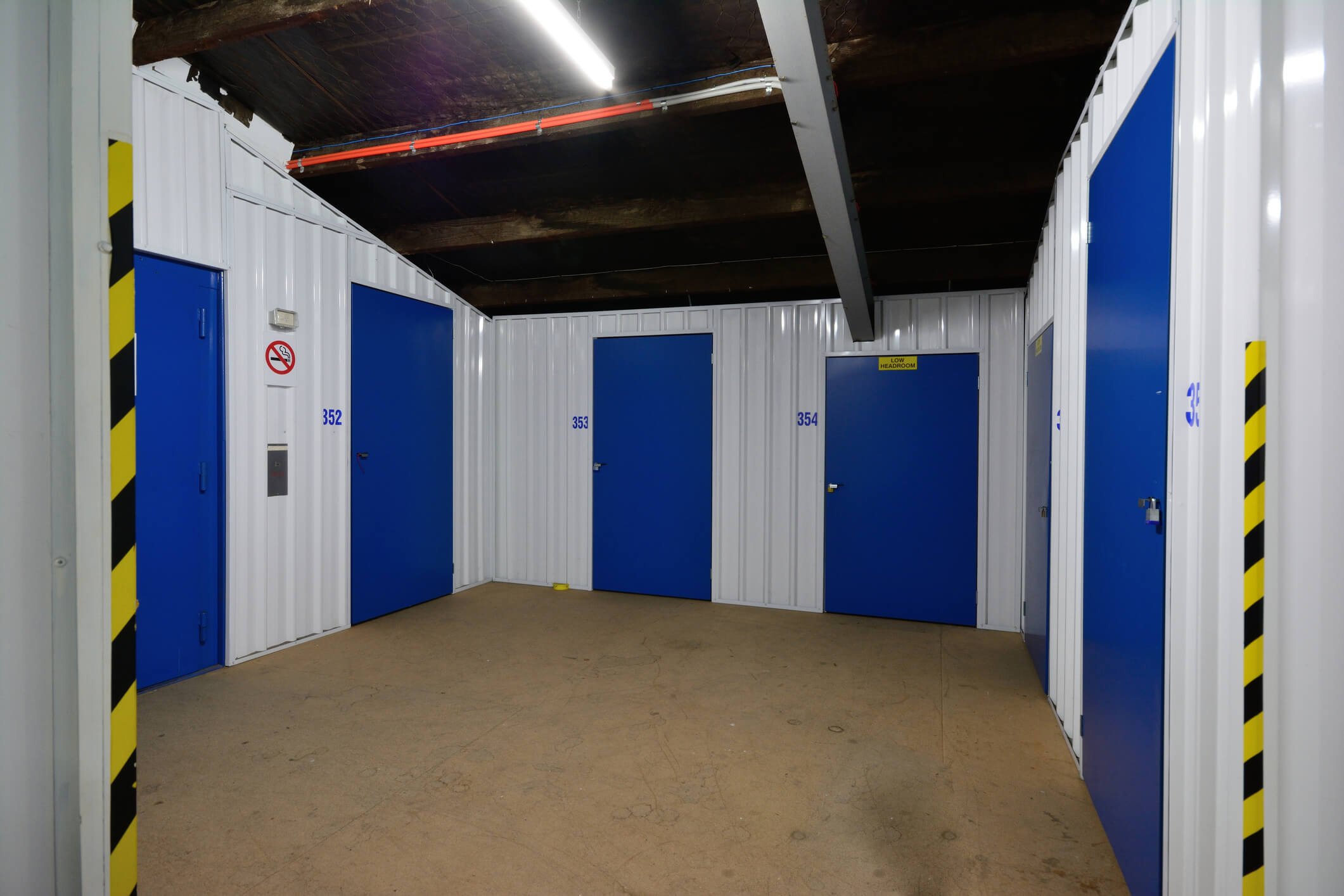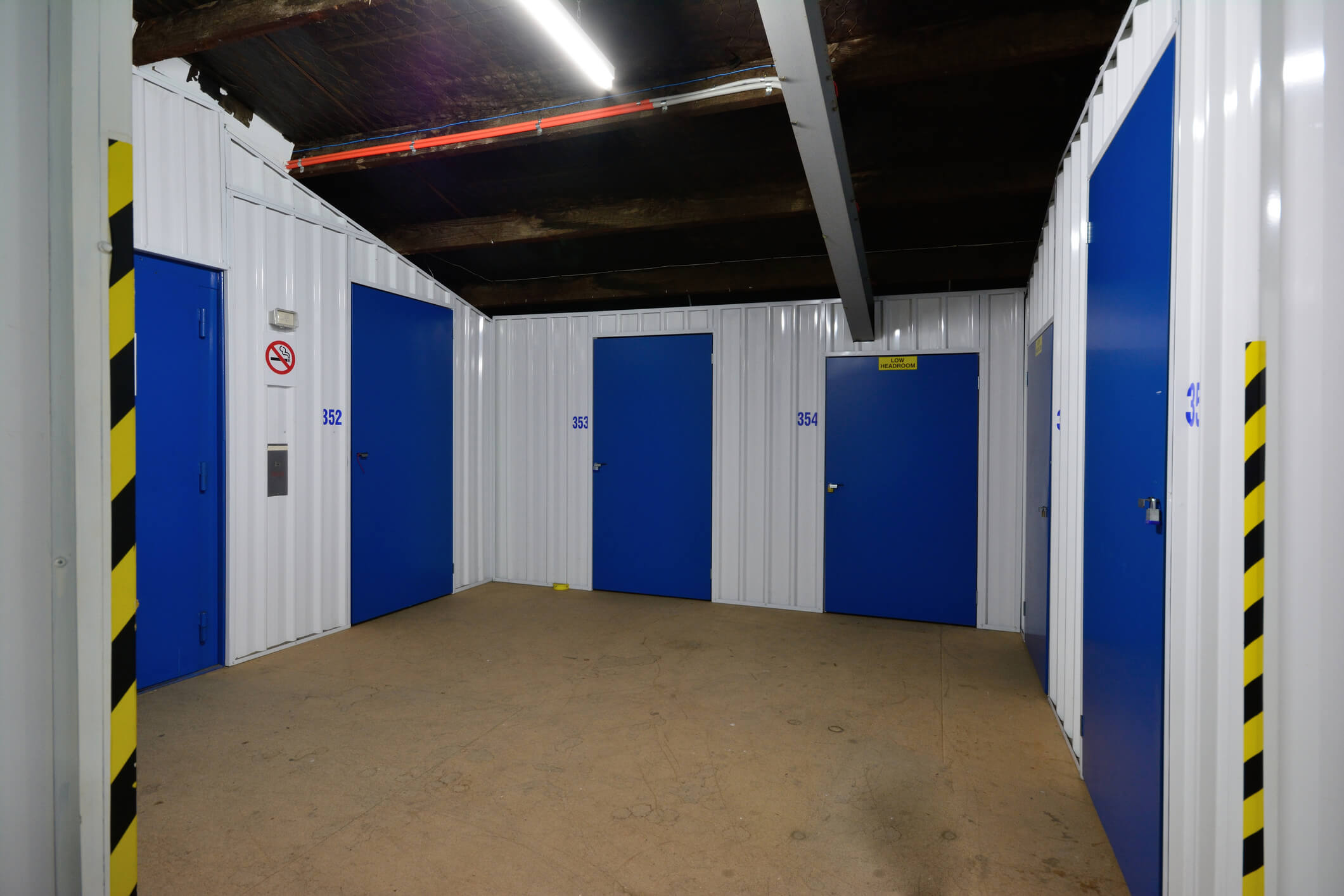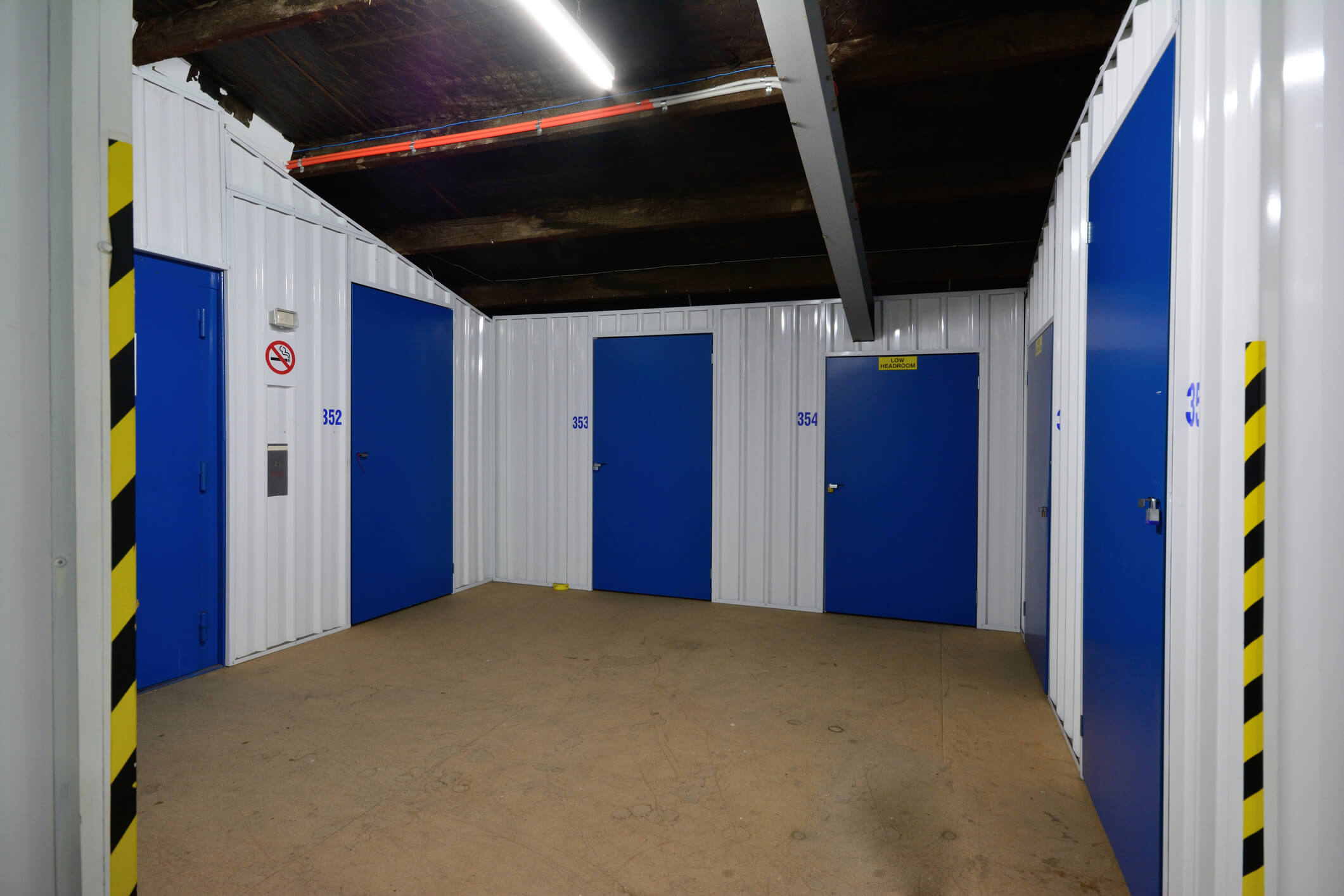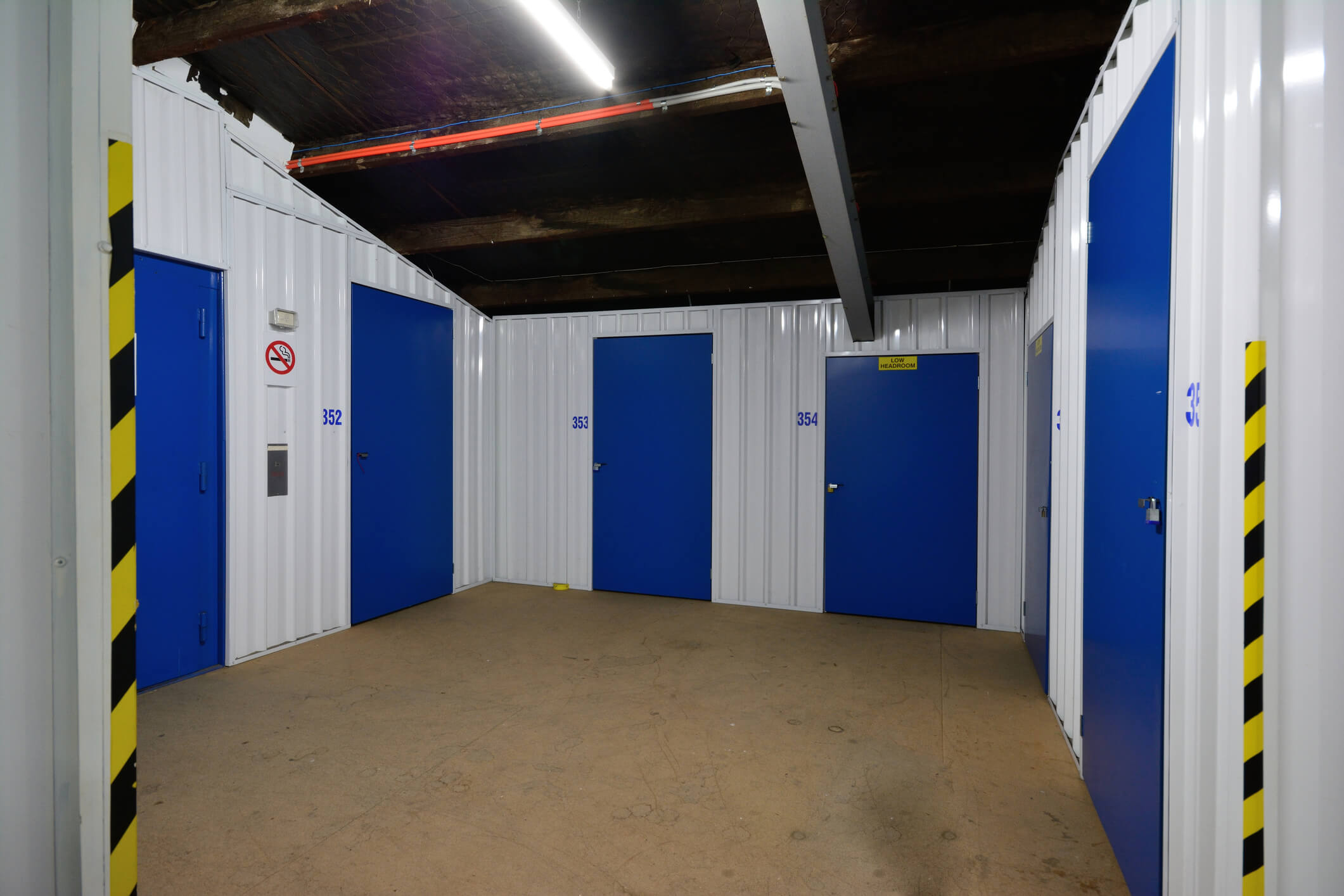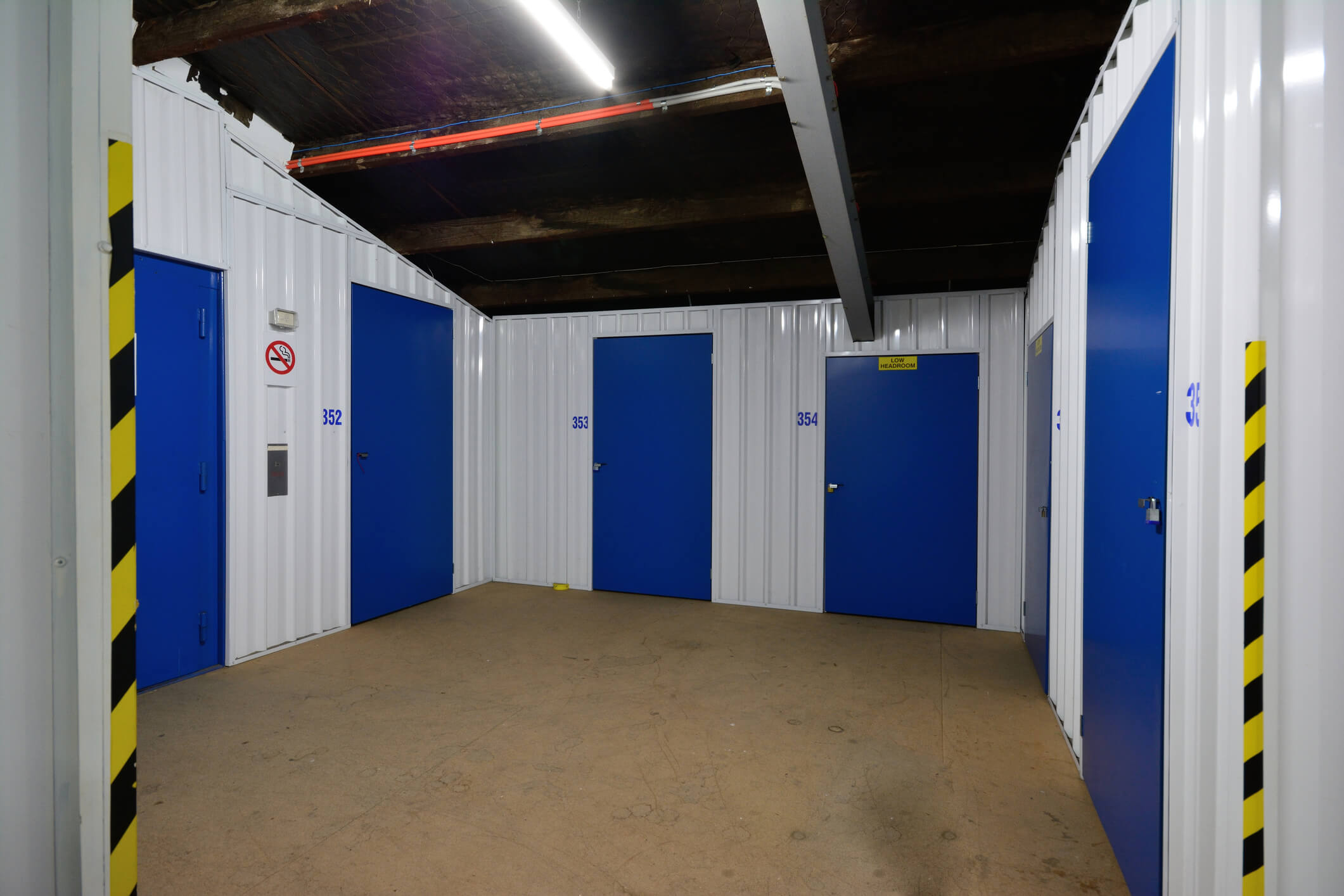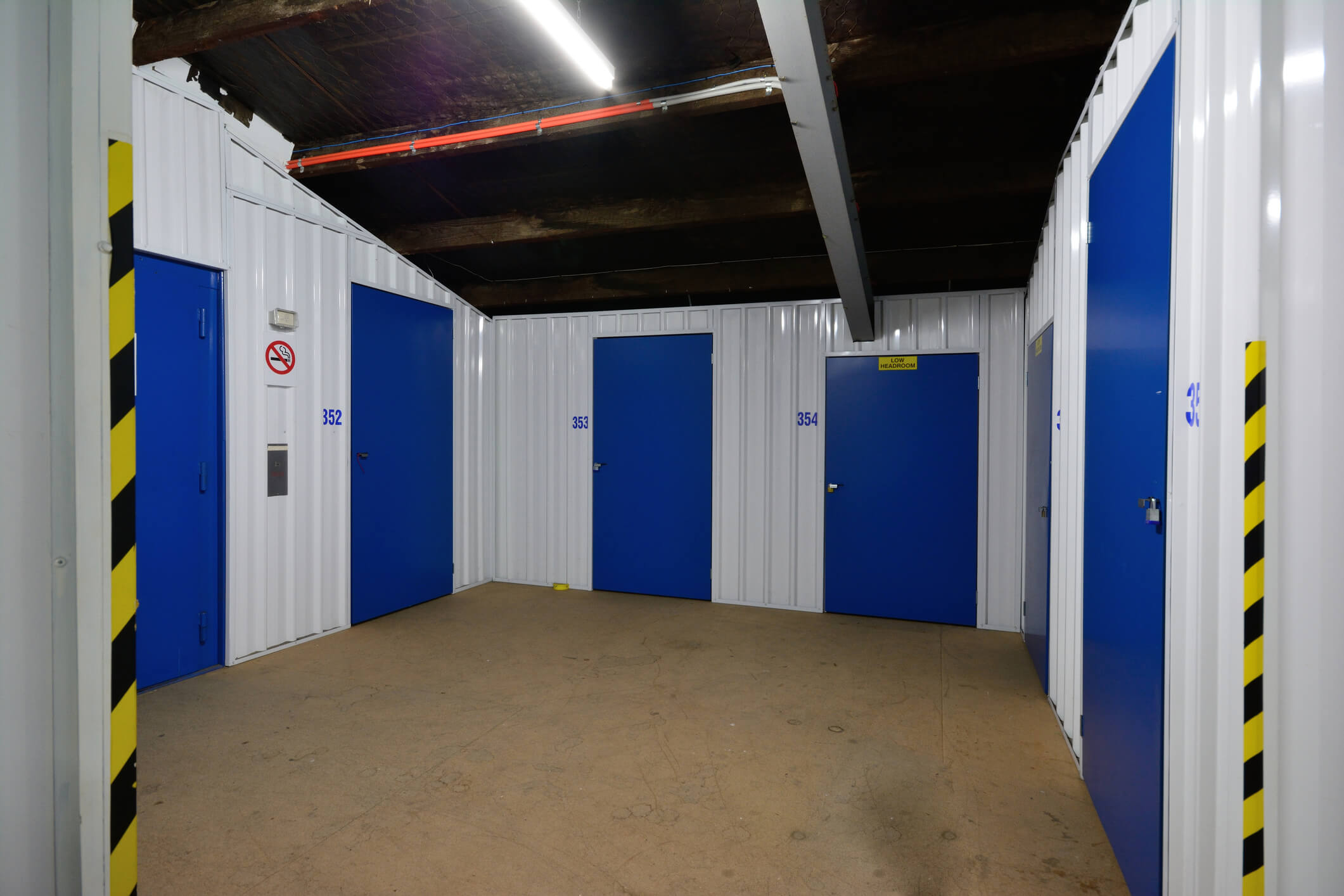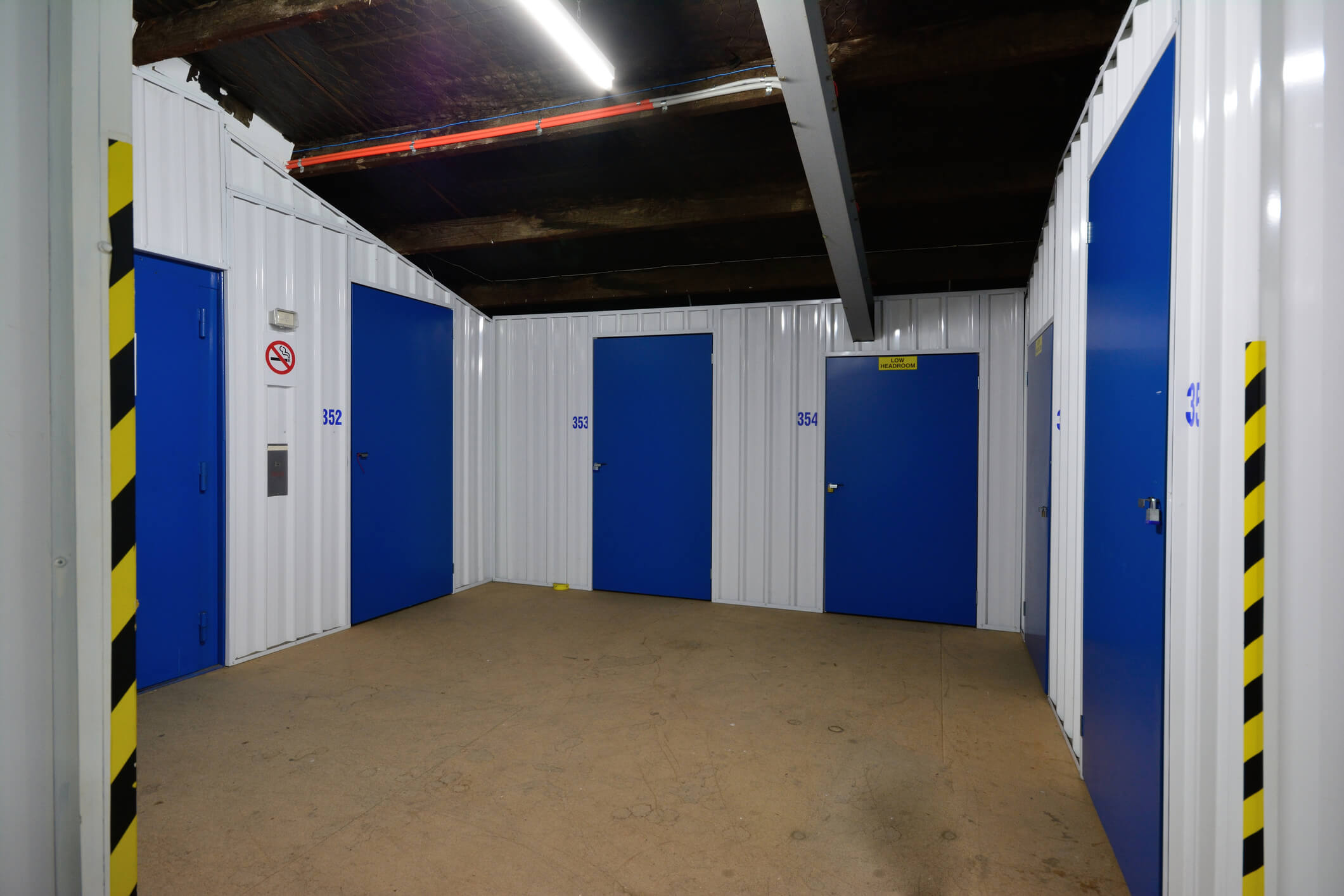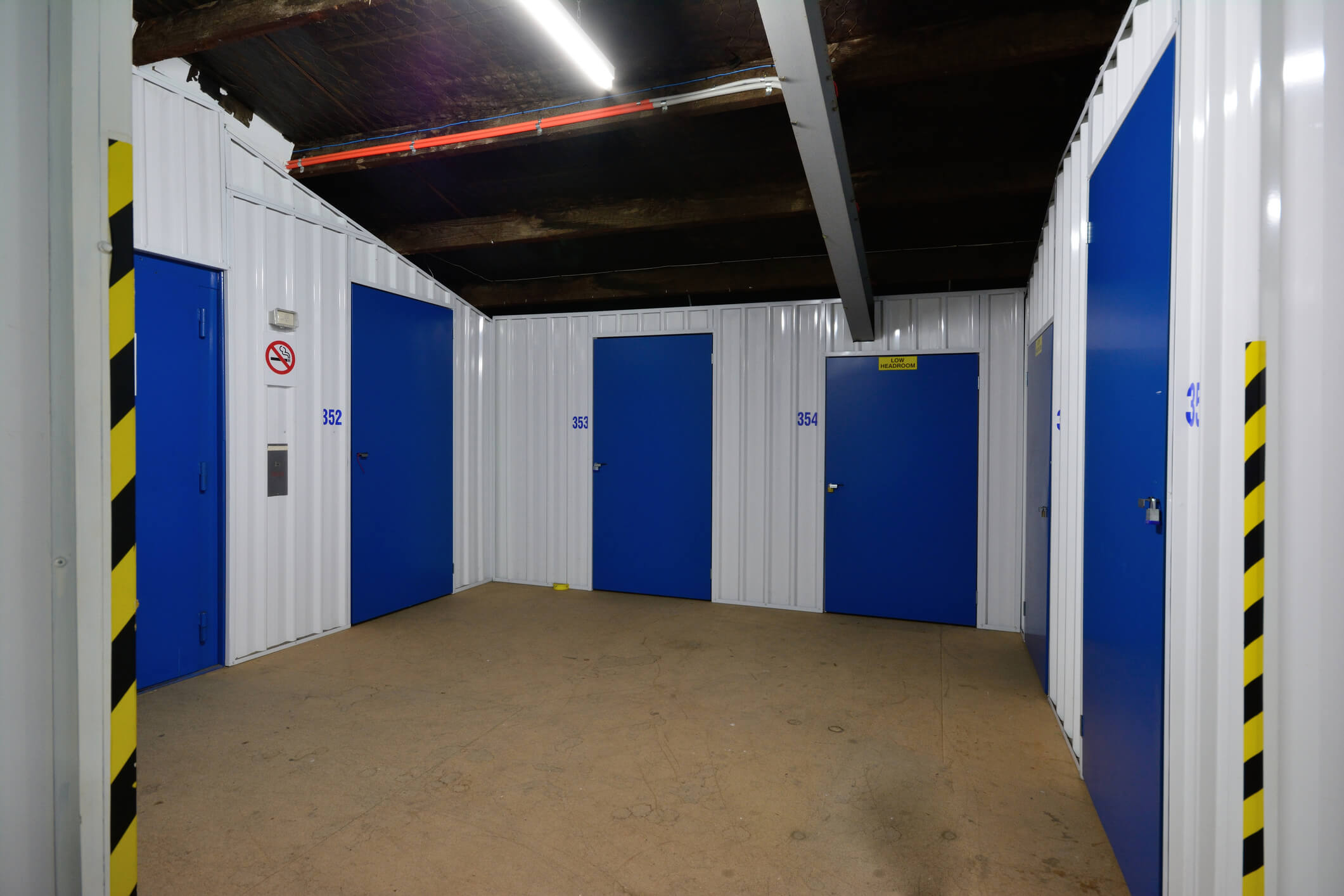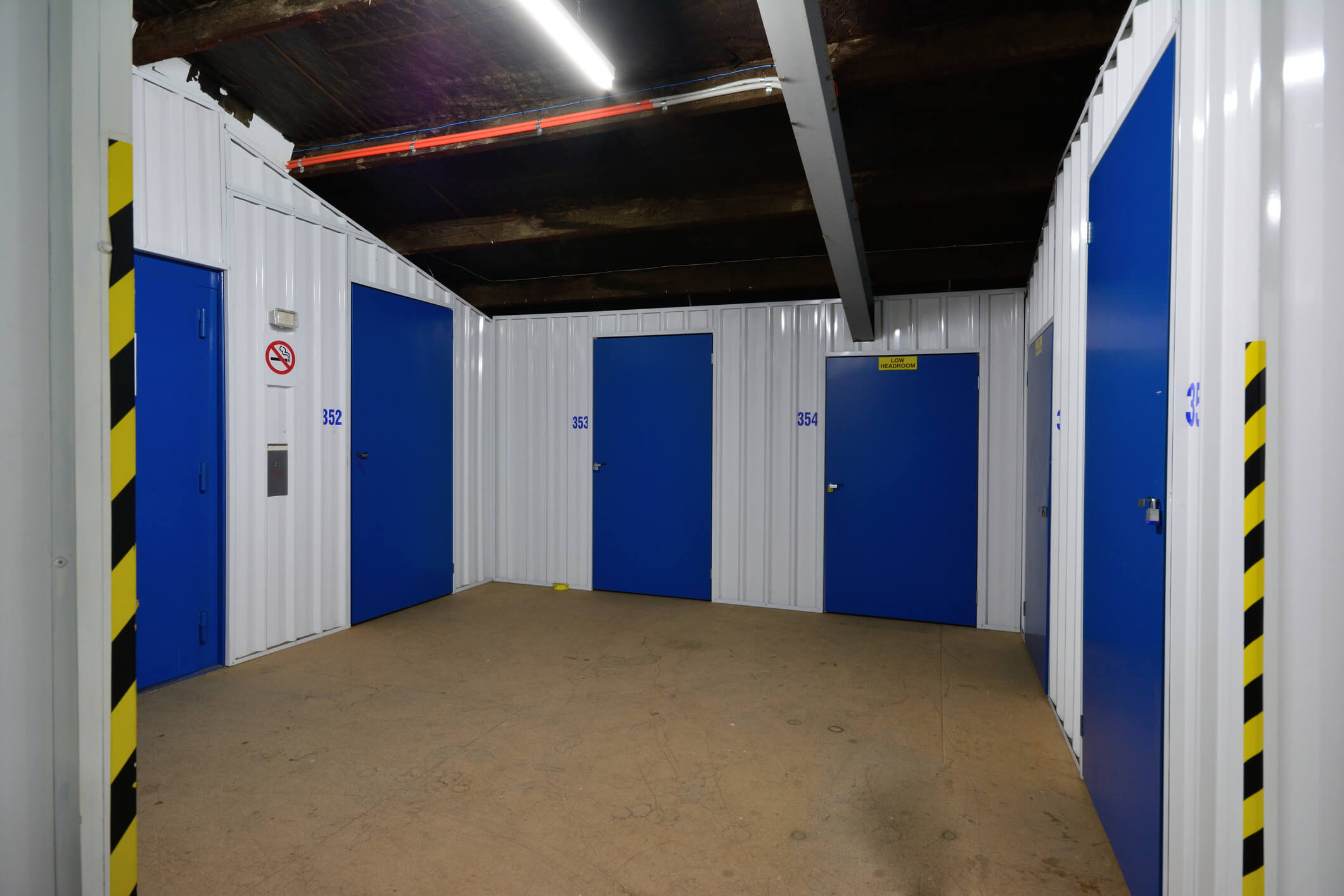Running a storage facility business involves significant operational risks that could force temporary closure or s…
Wine Storage Insurance: Protecting Your Liquid Assets and Collection Investment
Wine storage represents a significant investment for collectors, retailers, restaurants, and storage facilities alike. Whether you're managing a personal collection worth thousands or operating a commercial wine storage business, protecting these valuable liquid assets requires specialized insurance coverage that goes far beyond standard property insurance.
Understanding Wine Storage Insurance
Wine storage insurance is a specialized form of coverage designed to protect wine collections and storage operations against the unique risks they face. Unlike standard contents insurance, wine storage policies account for the specific vulnerabilities of wine, including temperature fluctuations, humidity changes, vibration damage, and the potential for significant appreciation in value over time.
This type of insurance is essential for various stakeholders in the wine industry, from private collectors with temperature-controlled cellars to commercial storage facilities housing thousands of bottles for multiple clients. The coverage recognizes that wine is not just another commodity but a living product that can be irreparably damaged by environmental factors or handling errors.
Who Needs Wine Storage Insurance
Private wine collectors with valuable collections stored in home cellars, dedicated wine rooms, or off-site storage facilities require coverage to protect their investment. Many collectors underestimate the total value of their collection, particularly as wines appreciate over time or become rare vintages.
Commercial wine storage facilities face even greater exposure, as they're responsible for protecting collections belonging to multiple clients. These businesses need comprehensive coverage that protects both their own assets and provides liability protection for client collections under their care.
Restaurants and hospitality businesses with extensive wine cellars need specialized coverage, as their wine inventory often represents a substantial portion of their total assets. Wine retailers and distributors also require coverage that protects inventory during storage and recognizes the unique challenges of the wine trade.
Wine investment companies and funds managing portfolios of fine wines need insurance that reflects the investment nature of their holdings and provides coverage for market value rather than replacement cost.
Key Coverage Areas
Physical damage coverage protects against fire, flood, theft, and accidental damage. This includes protection for bottles, cases, and storage equipment such as temperature control systems and racking. The policy should cover the full replacement value of damaged wines, recognizing that some bottles may be irreplaceable.
Temperature and humidity damage coverage is crucial, as wine is extremely sensitive to environmental changes. Even brief temperature spikes or humidity fluctuations can damage or destroy entire collections. This coverage should include damage from equipment failure, power outages, and HVAC system breakdowns.
Transit coverage protects wines during transportation, whether moving collections to new storage locations or shipping bottles to clients. This includes coverage for damage during loading, unloading, and transport, as well as temperature damage during shipping.
Theft and mysterious disappearance coverage protects against both external theft and internal shrinkage. Wine theft is a significant concern for storage facilities, and coverage should include both forced entry and employee dishonesty.
Business interruption coverage for commercial operations protects against lost income when storage facilities cannot operate due to covered losses. This includes coverage for additional expenses incurred to maintain proper storage conditions elsewhere.
Unique Risks in Wine Storage
Temperature control failure represents one of the most significant risks to stored wine. Even modern storage facilities can experience equipment failures, and backup systems don't always prevent damage. Insurance should cover both the cost of damaged wine and the expense of emergency temperature control measures.
Contamination risks include cork taint, smoke damage from nearby fires, and chemical contamination from cleaning products or construction materials. These risks can affect entire storage areas and may not be immediately apparent.
Valuation challenges arise because wine values can fluctuate significantly, and some bottles may be irreplaceable. Policies need to address how claims are valued, particularly for rare or vintage wines that have appreciated substantially since purchase.
Natural disasters pose particular challenges for wine storage, as facilities are often located in areas prone to earthquakes, floods, or wildfires. Wine's sensitivity to environmental changes means that even minor damage to storage facilities can result in total loss of contents.
Security risks extend beyond simple theft to include unauthorized access, tampering, and fraud. High-value wine collections attract sophisticated criminals, and storage facilities must maintain strict security protocols.
Valuation and Appraisal Considerations
Proper valuation is crucial for wine storage insurance, as values can change dramatically over time. Regular appraisals ensure that coverage limits reflect current market values and prevent underinsurance issues during claims.
Professional wine appraisers can provide detailed valuations that account for rarity, condition, provenance, and market trends. These appraisals should be updated regularly, particularly for investment-grade collections.
Documentation requirements include detailed inventories with purchase dates, prices, storage locations, and condition notes. Photographic records and provenance documentation support claim settlements and help establish authenticity.
Market value versus replacement cost considerations affect how claims are settled. Some wines may be impossible to replace, making agreed value coverage more appropriate than replacement cost coverage.
Risk Management Best Practices
Environmental monitoring systems should continuously track temperature, humidity, and other environmental factors. Modern systems can send alerts when conditions deviate from acceptable ranges and provide historical data for insurance purposes.
Security measures should include access controls, surveillance systems, and inventory tracking. Regular security audits help identify vulnerabilities and demonstrate due diligence to insurers.
Staff training ensures that employees understand proper wine handling procedures and recognize potential risks. This includes training on temperature control systems, security protocols, and emergency procedures.
Maintenance programs for storage equipment prevent failures that could damage collections. Regular servicing of HVAC systems, backup generators, and monitoring equipment reduces the likelihood of environmental control failures.
Emergency response plans should address various scenarios including power outages, equipment failures, natural disasters, and security breaches. These plans should include procedures for protecting collections and notifying insurers promptly.
Choosing the Right Coverage
Coverage limits should reflect the full value of stored collections, including appreciation over time. Many collectors underestimate their total exposure and find themselves underinsured when claims occur.
Deductible structures vary significantly between policies, and higher deductibles can reduce premiums but increase out-of-pocket expenses during claims. Consider the frequency of small losses versus the impact of major losses when selecting deductibles.
Geographic coverage considerations include protection during transport and temporary storage locations. Some policies may exclude coverage in certain geographic areas or during specific activities.
Insurer expertise in wine storage is crucial, as not all insurers understand the unique risks and valuation challenges involved. Look for insurers with specific experience in wine storage and fine arts coverage.
Claims Process and Settlement
Prompt notification requirements mean that potential losses should be reported immediately, even if the full extent of damage isn't yet known. Delays in reporting can complicate claims and potentially void coverage.
Documentation requirements for claims include detailed inventories of damaged items, proof of value, and evidence of proper storage conditions. Maintaining good records throughout the storage period facilitates smooth claims processing.
Expert assessment may be required to determine the extent of damage and appropriate settlement values. Wine experts can assess whether damaged bottles are still saleable or completely worthless.
Settlement options may include cash payments, replacement bottles, or restoration services depending on the type and extent of damage. Understanding these options helps set appropriate expectations during the claims process.
Commercial Storage Facility Considerations
Bailment liability coverage protects storage facilities against claims from clients whose collections are damaged while in their care. This coverage is essential for commercial operations and should reflect the full value of stored collections.
Professional liability coverage protects against claims arising from advice or services provided to clients. This includes recommendations about storage conditions, handling procedures, or collection management.
Contractual liability considerations arise from storage agreements with clients. Insurance should align with contractual obligations and provide adequate protection for assumed liabilities.
Client communication protocols should be established for various scenarios including damage events, insurance claims, and facility emergencies. Clear communication helps maintain client relationships and demonstrates professional management.
Regulatory and Compliance Issues
Licensing requirements for commercial storage facilities vary by jurisdiction and may affect insurance requirements. Some locations require specific types and amounts of coverage for licensed facilities.
Consumer protection regulations may mandate certain insurance coverages or disclosure requirements for storage facilities. Understanding these requirements helps ensure compliance and avoid regulatory issues.
Tax implications of insurance coverage and claims can be complex, particularly for investment collections. Professional advice may be needed to understand the tax treatment of insurance premiums and claim settlements.
Cost Factors and Premium Considerations
Storage facility security measures significantly impact premiums, with facilities featuring advanced security systems, environmental controls, and professional management typically receiving better rates.
Collection value and composition affect pricing, with higher-value collections and those containing particularly rare or volatile wines typically commanding higher premiums.
Geographic location influences rates based on local risks including natural disasters, crime rates, and regulatory environment. Facilities in high-risk areas may face higher premiums or coverage restrictions.
Claims history affects future premiums, making risk management and loss prevention crucial for long-term cost control. Facilities with good loss records often qualify for preferred pricing.
Future Trends and Considerations
Technology integration including IoT sensors, blockchain provenance tracking, and AI-powered risk assessment tools are changing how wine storage risks are managed and priced.
Climate change impacts may affect wine storage risks, with changing weather patterns potentially increasing the frequency of extreme temperature events and natural disasters.
Market evolution in wine investment and collection trends affects insurance needs, with new storage technologies and business models requiring updated coverage approaches.
Regulatory changes may impact wine storage operations and insurance requirements, making it important to stay current with evolving regulations and compliance requirements.
Conclusion
Wine storage insurance provides essential protection for valuable collections and storage operations, but requires careful consideration of unique risks and coverage needs. Whether you're a private collector or commercial storage facility, working with experienced insurers and maintaining proper risk management practices helps ensure adequate protection for these liquid assets.
The key to successful wine storage insurance lies in understanding the specific risks involved, maintaining accurate valuations, implementing appropriate risk management measures, and selecting coverage that reflects the true value and unique characteristics of stored collections. Regular policy reviews and updates ensure that coverage remains adequate as collections grow and market values change.
Get Expert Wine Storage Insurance Advice
For specialized wine storage insurance solutions tailored to your collection or facility, contact our expert team at Insure24. We understand the unique challenges of protecting valuable wine collections and can help you find the right coverage for your needs.
Call us today: 0330 127 2333
Visit our website for instant quotes and more information about our specialized insurance products.


 0330 127 2333
0330 127 2333

